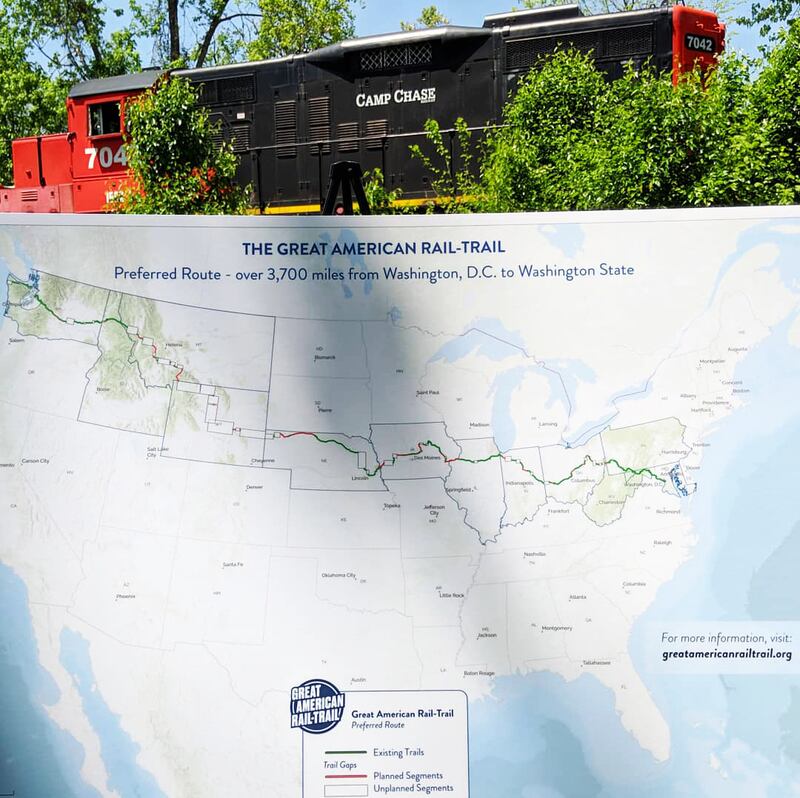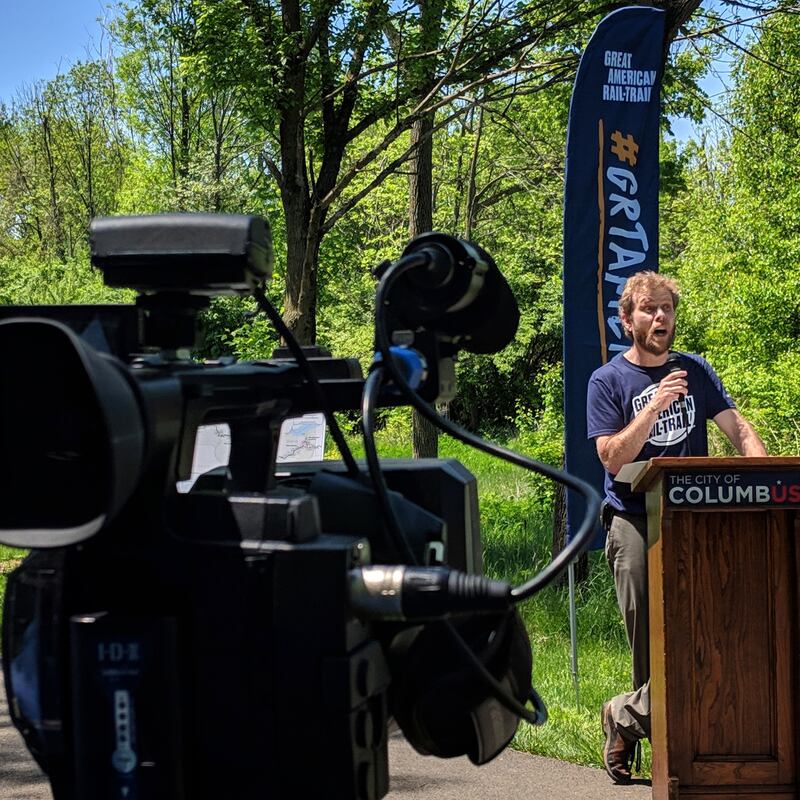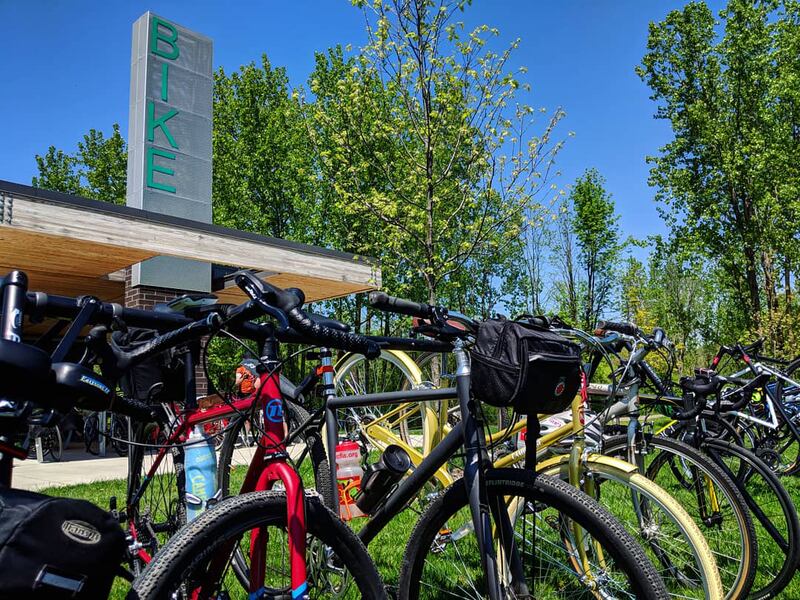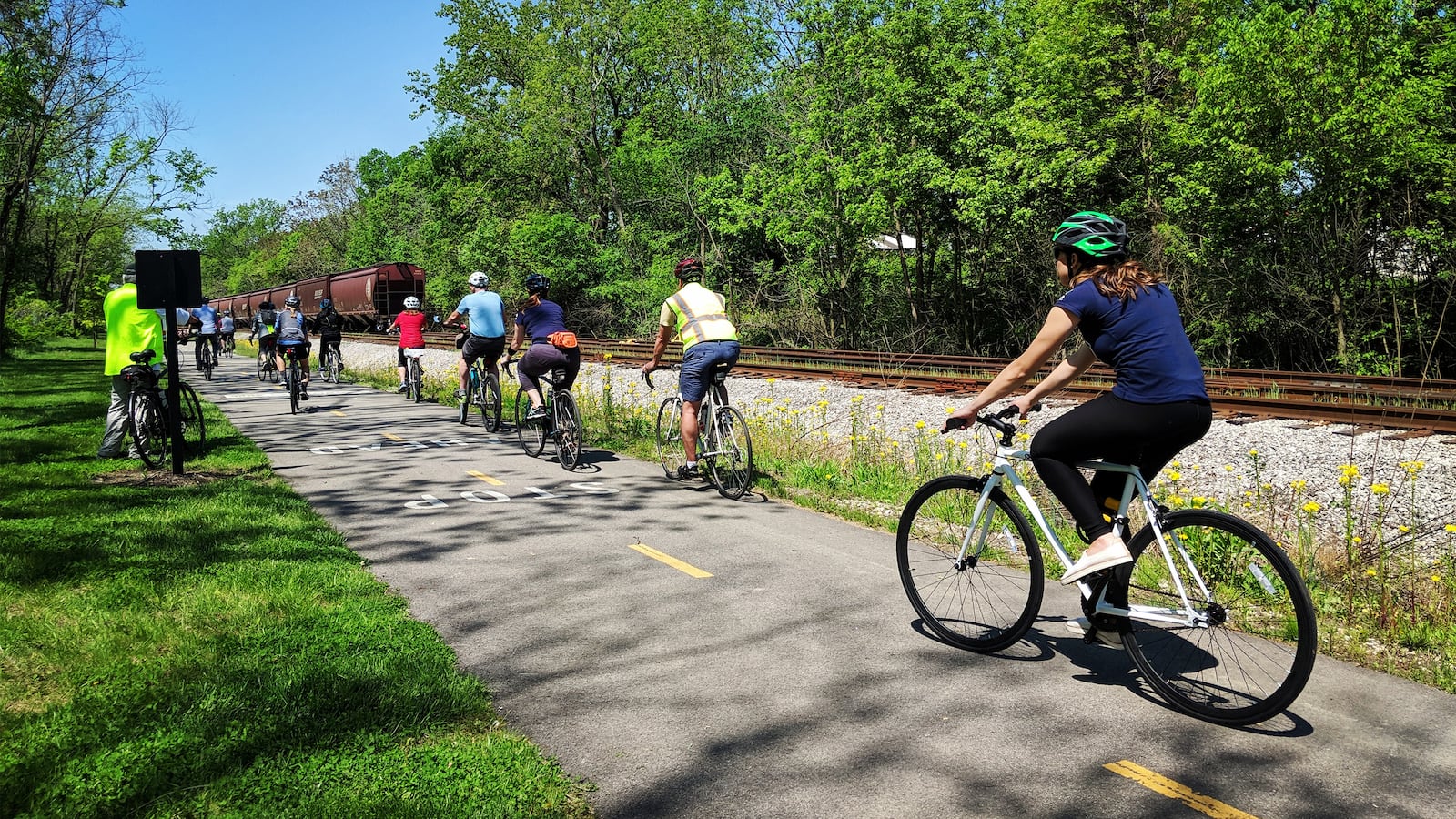Go big, or go home.
That is the phrase that comes to mind whenever I meet someone who has crossed the country by bike. I’ve watched cyclists climb steep and narrow Colorado mountain roads along sheer cliff-sides—their bikes laden like beasts of burden. I’ve seen cyclists fiercely brave sparse Montana roads, with 18-wheelers passing closely at 85 mph.
To cross the United States by bike is not for the faint of heart and, like thru-hiking the Appalachian Trail, events can easily go wrong.
These treks across the continent, however, may improve with the recently unveiled Great American Rail Trail. This coast-to-coast, roughly 4,000-mile, 12-state, and eventually seamless, paved trail is over 52 percent complete and sets out to address a range of U.S. health, transportation, economic, and tourism issues. It may, in its own way, even help reconnect the many Americas of our stridently divided political era.
Want more Daily Beast travel stories? Sign up for our weekly newsletter here!
It’s a unique project in the U.S. and it’s definitely ambitious—as in Lewis and Clark, but without the colonialism. Ambitious. But can it work?
On May 8, I loaded my bike, grabbed my gear, and made my way to an event at a park just outside of Columbus, Ohio to find out. The organization behind the Great American Rail Trail is the Rails-to-Trails Conservancy, which serves 160,000 members (myself included) and advocates for 31,000 miles of multi-use trails and rail trails—former railway corridors converted into bike trails.
I arrived to the event to find tents from Rails-to-Trails’ national and local partners, like REI and Columbus’ bike advocacy group, YayBikes. Columbus is surrounded by parks and ecotourism opportunities, including hundreds of miles of bike trails. The event was broadcast on Facebook and satellite celebrations were spread out over several key cities, including Washington, D.C.

"Great American Rail Trail Map at Unveiling Event"
Brandon WithrowA bit like Russian nesting dolls, this new Great American Rail Trail is comprised of strategic local trails in the Rails-to-Trails network (map). The route unveiling event, for example, was held on the Camp Chase Trail, which is just west of Columbus. That trail connects to others that make up the larger Ohio to Erie Trail network, totaling 326 miles. In turn, that contiguous network, and those like it already in place elsewhere, make up crucial lines of the Great American Rail Trail, serving as catalysts for the larger goal of this coast-to-coast trail.
The casual cyclist may want to approach The Great American Rail Trail in sections, beginning with those portions closest to home or nearby while on vacation.
When the trails that make up The Great American Rail Trail are seen as sections, they become opportunities to see a state from a new perspective. They take you into the towns missed by highways, where one can find shops, restaurants, museums and historic sites. While Washington, D.C. (a clear symbolic starting point) is the obvious example of this, other trail sections, like Headwaters Trail System in Montana, for example, offer a place to camp where Lewis and Clark stayed during their expedition.
But for those who love challenging, long-distance bike rides over a variety of surfaces (paved, crushed stone, and dirt), through scenic routes that include not only cities, but also small towns, as well as fields, mountains, waterways, and opportunities to nature-watch, the route of The Great American Rail-Trail will have an immediate appeal.
Completed sections of the trail include a contiguous, mostly level trail from Washington, D.C. to Maryland reaching 184.5 miles. From here, cyclists can pick up the 150 miles of the Great Allegheny Passage trail, taking travelers all the way to Pittsburgh. In other words, large sections of the trail from the East Coast and into the Midwest (like Ohio, Illinois, Iowa, and Nebraska) are complete, while some trails are still being planned or in progress. Sections that are not completed or yet planned, with the largest portions being in Wyoming and Montana, require road-based connections to the next trailhead.

"Eric Orberg, Midwest director of trail development, Rails-to-Trails Conservancy, during live broadcast."
Brandon Withrow“We will connect Washington [D.C.] to [the state of] Washington. We will reconnect our communities in a way that has been missing for far too long,” Eric Oberg, the Midwest director of trail development for the Rails-to-Trails Conservancy told the crowd at the event.
And he is right, these are reconnections.
In a very real way, every newly completed rail trail connection is not actually new—and I don’t mean because they were once railway corridors. Yes, within the last century these connections were lost when passenger trains ceased to pass through towns or when highways re-routed traffic around communities—but these are also reconnections because many of these trail routes have a much longer history behind them.
As Robert Moor says in his fantastic book, On Trails: An Exploration: “When Daniel Boone blazed the Wilderness Road, he followed the path of the Cherokee and the Shawnee Indians, who in turn followed the bison, through the Cumberland Gap.” The best of these bison routes were usually the flatest and they also provided the soundest path for railroads, and these railroads then passed through towns where they did business.
So animals leave trails and the best of these trails can become regular paths, which we now have as roads, railroads, and even bike trails. These are, then, passageways that have proven the test of time. They already have a track-record of bringing communities together.
The morning of the Great American Rail Trail unveiling, a symbol of this reconnection took place in the form of a parade, which started in downtown Columbus and passed through various neighborhoods on their way to the event. I arrived early so I could hop on the Camp Chase Trail and intercept this procession heading our way. My ride began with a bumpy start: a bad tube valve left me with a flat. But with a little help from a friendly cyclist in the parade, I managed to temporarily fix the tire and be back in time for the event.
The benefits of these routes take many forms, and the parade was meant to demonstrate some of these. As these trails connect to towns and neighborhoods, they become what is called an active transportation system. This means that they enable locals and tourists to stay active and healthy and they become gateways for shopping or employment.
“We know transportation is critical to the residents of our community, and our trail system is all about helping to increase the mobility of our residents,” Tony Collins, the director of recreation and parks for the city of Columbus told the crowd at the event. Central Ohio’s more than 120 miles of connected trails, he insists, are possible “through the power of nature, through the power of conservation, and the power of health and wellness.”
As if to punctuate Collins’ point, I met a nameless cyclist earlier in the parade who used the trails for these very reasons. He only briefly joined our group, though he hadn’t known about the parade or the event. The trail, he told me, is his daily route to and from work. Rail trails, he added, allow him to keep healthy.
“I couldn’t do this otherwise,” he told me. “The roads are too dangerous. I’ve had too many close calls.” And then, as quickly as he joined us, he disappeared into a neighborhood with a wave and shouting, “Later. This is my stop.”
This cyclist isn’t alone in his need for these trails, as several event speakers noted. According to William Murdock, the executive director for the Mid-Ohio Regional Planning Commission, it is estimated that in 2017, “11.5 million miles” were traveled on “central Ohio greenways” alone. And according to Letty Schamp, the chair of the Central Ohio Greenways (COG) board of directors, COG wants a trail system that can be “accessible equitably” in the region, serving the “urban, suburban, and rural areas.” To achieve this, the board’s new trail vision is to add another 500 miles to the existing trails in the network.
In other words, trails are proving themselves to be effective and egalitarian in nature, enabling cities and states to make active transportation, and all its benefits, available to the residents who need them.

"Bikes at The Great American Rail Trail Unveiling in Columbus, Ohio"
Brandon WithrowThis brings me back to the idea of reconnection, and especially to something I really love about these trails.
When I started cycling several years ago, it began as a way to get healthier. I had a lot of weight to lose (and I did lose it). Rides on rail trails near home reconnected me to the outdoors and to a healthier life. They also brought me to a place where I could meet people that I may otherwise never meet.
When I joined the morning’s parade, for example, my ride intersected with DMichael Dozier Sr., an effusive man in his sixties whose passion for bikes leads him to ride 50 miles a day. A fixture in the area, I discovered that if you ride those trails long enough, you’re bound to run into him at some point. This was my day to meet him, and we bonded over our love of these trails and bikes.
Someone once said that “you can’t be sad when riding a bicycle.” I think that is generally true, because while the trail is many things—a means to get to work, to be healthier, to visit others—it is also a place where people intersect over the very thing that makes them happy. It becomes neutral territory, an opportunity for differing political views and status to disappear. No conversation I’ve had on a trail was ever prefaced by political affiliation.
Unlike our faceless, and often confrontational, internet connections, a conversation along a rail trail is personal and human. As more diverse communities are connected, opportunities may appear for barriers to drop and even for individuals to expand their concept of a neighborhood.
We’re all just cyclists out on the trail. We ride under the same sun and get rained on by the same storms. We sometimes help each other with flat tires, get ice cream together at the end of a long ride, or have brief conversations between work and home.
And that is how we really can go big—that is what can make an American rail trail great.





